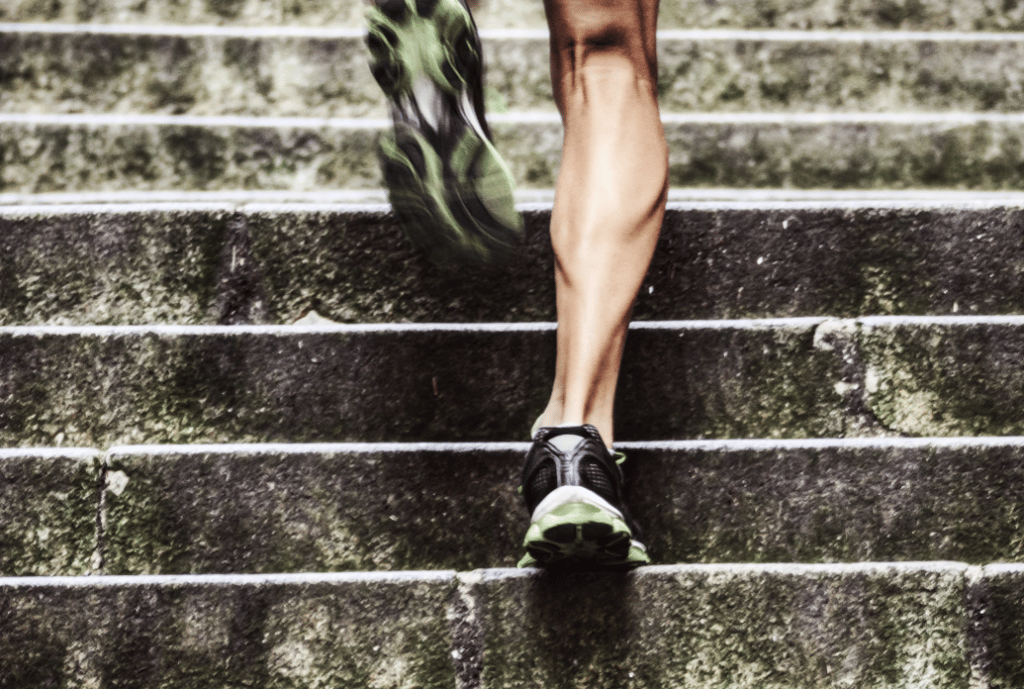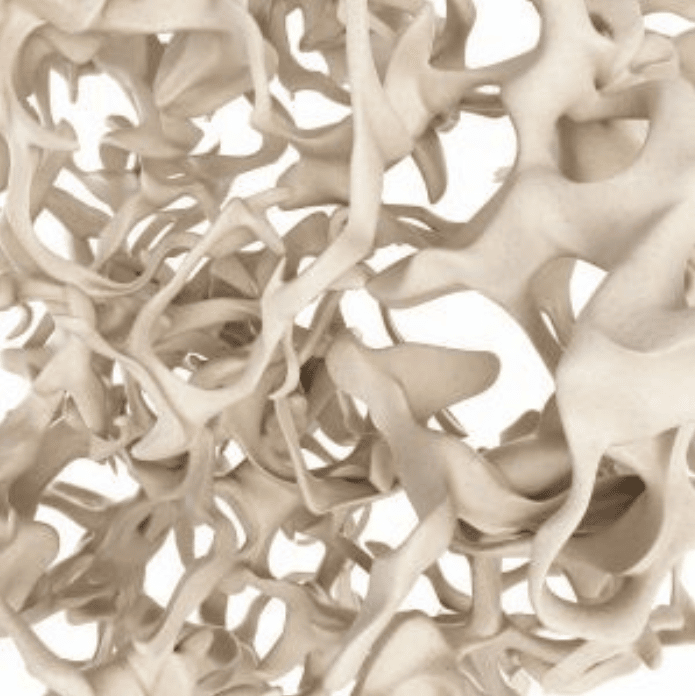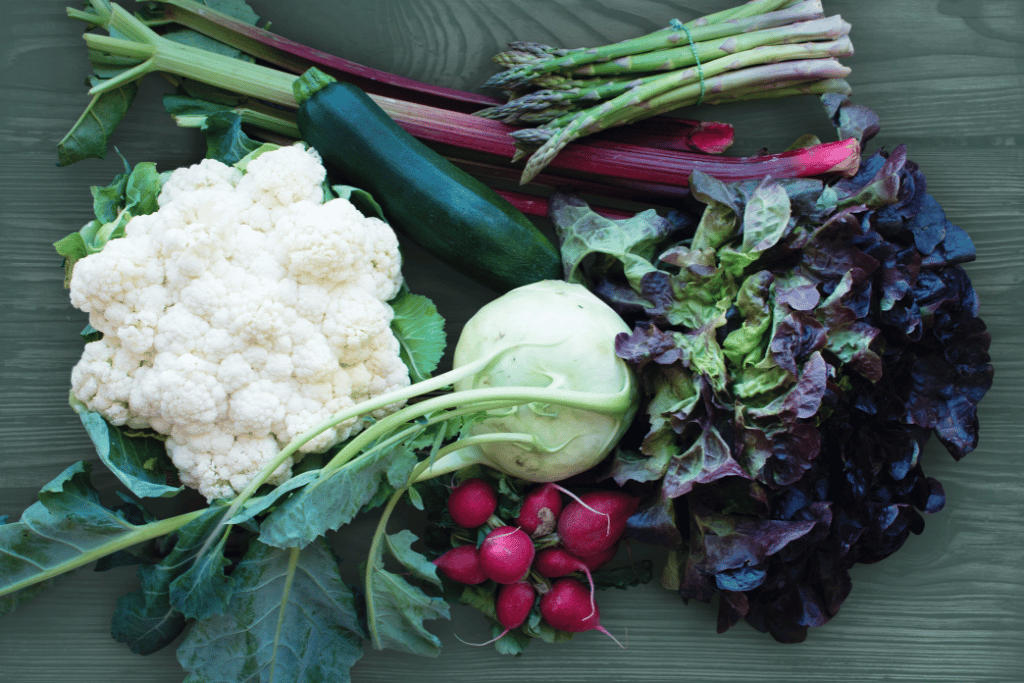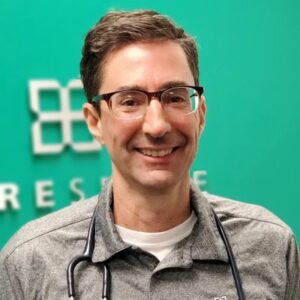
It was September 23, 2006, and I couldn’t sleep. The next day was the Scotiabank Toronto Waterfront half-marathon. I had been training for weeks but because I had been experiencing some undiagnosed right hip pain for a week or two, I was unsure if I should participate in the next day’s race. Next morning, I did some stretches, made note of the nagging pain in my hip, shrugged my shoulders, and got ready to go. I was going to run. Some might say that my decision was foolish. Maybe. But if I hadn’t run that day, I would not have made a very important discovery about my health.
The race went well for the first few kilometres. I was propelled by the excitement and adrenaline that accompanies a big race, the hip pain all but forgotten. My pace was strong, but as the kilometres ticked by, the ache in my hip became more noticeable; and then, just after the 14 km mark, the pain became suddenly unbearable and I was forced to limp to the side. One ambulance ride and a couple of painkillers later, I sat sheepish and puzzled. Stress fracture? Endurance athletes who are training for long periods of time can place unusual and repeated stress on weight bearing bones which sometimes result in cracks called stress fractures. I’d been training hard for the half, but certainly not excessively. Maybe I had weak bones.
A bone scan confirmed my suspicion of stress fracture. And a bone density scan showed an even more disturbing result: low bone density, otherwise known as Osteoporosis. What?! Young(ish) male naturopaths don’t get osteoporosis, do they? My nana had it. My elderly cigarette-smoking neighbour has it. This was weird. I eat well. I exercise. It didn’t add up. I was not yet forty and did not want to live the rest of my life in fear of falling on the ice on the way to the car. I was determined to reverse this condition but first needed to find out why I got it.
Osteoporosis is a metabolic bone disease that leads to a decrease in bone mass and results in increased fragility and risk of fracture. After age 40 everyone loses approximately one half of a percentage per year of bone; but osteoporosis is defined as an abnormal loss of bone from aging.

According to Osteoporosis Canada, 1 in 4 women and 1 in 8 men over 50 years old are osteoporotic and are therefore at higher risk for fractures, particularly of the hip, wrist and spine. Hip fractures are disabling and life threatening, resulting in death in 20% of cases and disability in 50% of those who survive.
Risk factors for osteoporosis are numerous: female gender, sedentary lifestyle, poor diet, cigarette smoking, excessive alcohol use, high caffeine intake, low body weight, premature menopause, long-term use of certain drugs, family history, low calcium intake (or impaired calcium absorption), renal disease, and pH or endocrine imbalances. Being a non-smoking, unmedicated, and a decidedly non-menopausal male with a healthy lifestyle, I eliminated many of these. So we ran a series of conventional blood and urine tests to see what came up. All results were normal with the exception of two:
Firstly, my gliadin Antibody IgA was high, which is an indicator for Celiac disease. Celiac disease is an auto-immune reaction to gluten, a protein in wheat. A follow-up biopsy of my small intestine was negative and convinced the doctors that I wasn’t celiac, but left me wondering if I have a low-grade sensitivity to gluten. I decided to limit my intake.

Secondly, my 24-hour urine calcium was high. I pondered this. Why would my body be excreting calcium? I did a quick calculation of my intake. As soon as I had suspected low bone density, I upped my dietary intake of calcium (seeds, yogurt, and lots – I mean, massive amounts – of broccoli and other greens). I also started supplementing with Vitamin D to increase calcium absorption and added a multi-mineral that included 1500 mg of calcium. I think I overdid it. By the time of the urine test, I was in an excess calcium situation. I subsequently halved my supplementation dose and did a retest that came back normal.
I then did some of my own testing, starting with pH. The importance of acid-alkaline body balance is significant in many chronic diseases, particularly osteoporosis. The blood requires a very narrow pH range –between 7.35 and 7.45 — in order to support life. The body will do everything it can to maintain that range. High acidity can be caused by too much processed foods, stress and not enough fruits and vegetables and relaxation (a full explanation is beyond the scope of this article but can be discussed with a health care practitioner). If our diet or activities are imbalanced, your system can leach out needed minerals from the bones in order to balance that acidity.
I faithfully checked my own urine and salivary pH, and noted a disconcerting trend – my system was too acidic. Egad! Maybe this was the reason I had thin bones! So I added yoga to my routine, and adjusted my already fairly high intake of vegetables to try to tip the balance. These things helped, but I required a daily alkalizing powder (available at most health food stores) in order to see a satisfactory shift.
I also reviewed my BMI (Body Mass Index) because low body weight is associated with low bone density and I’ve always been slim. Bones respond to stress in order to reach their peak mass and higher body weight produces more stress. My BMI was 20.0 — in the healthy range (18.5-24.9), but on the low end, so possibly a factor in having low bone density. I increased my workout frequency to try to gain muscle mass, adjusted my diet and within a few months managed to increase my BMI to 22.5.
It became obvious that weight bearing is important for bone density when the first astronauts developed osteoporosis after only a few weeks in space. This principle has also been studied in relation to different sports. According to the research, runners and weight lifters primarily do weight bearing activity and therefore have higher bone density than cyclists. Cyclists can have lower bone density because the bicycle frame does most of the weight bearing while they are exercising; plus they are losing important minerals such as calcium, magnesium and potassium through their sweat. If the minerals aren’t replenished, and the exercise is lengthy, over time, bone loss can be the result.
In 2006, at the time my osteoporosis was diagnosed, I was cycling only a short distance to and from work and I was also running several times per week – no problem, right? However, I had just finished four years of school in Toronto when my only physical activity was cycling to and from school (one hour each way). The rest of the time was spent sitting in classrooms. Could that be enough to encourage bone resorption? I was unsure, doctors said “maybe”, so I cut back on cycling and increased my walking.
With my treatment plan in place, I felt ready to reverse this disease and rebuild some bone. The plan involved manageable changes – diet, exercise, and a few daily supplements – but were these going to be enough?
Sure enough, my follow-up bone density scan was showing over 10% increase in bone mass, enough to change my diagnosis from osteoporosis to osteopenia (a milder form of bone loss). I kept up the weights and the epic broccoli consumption and in the Fall of 2011, a third scan indicated my bone density had completely normalized. I was relieved. I celebrated by running (and completing) a half-marathon – free of hip pain. And this winter I am looking forward to falling at least once on the ice.
So, what have I learned? Through my healing journey, I learned that disease processes like osteoporosis with multiple causal factors require a thoughtful, multi-pronged treatment approach. That young otherwise healthy people can get osteoporosis. And that if you buy enough broccoli at the market, you can sometimes get a discount.

